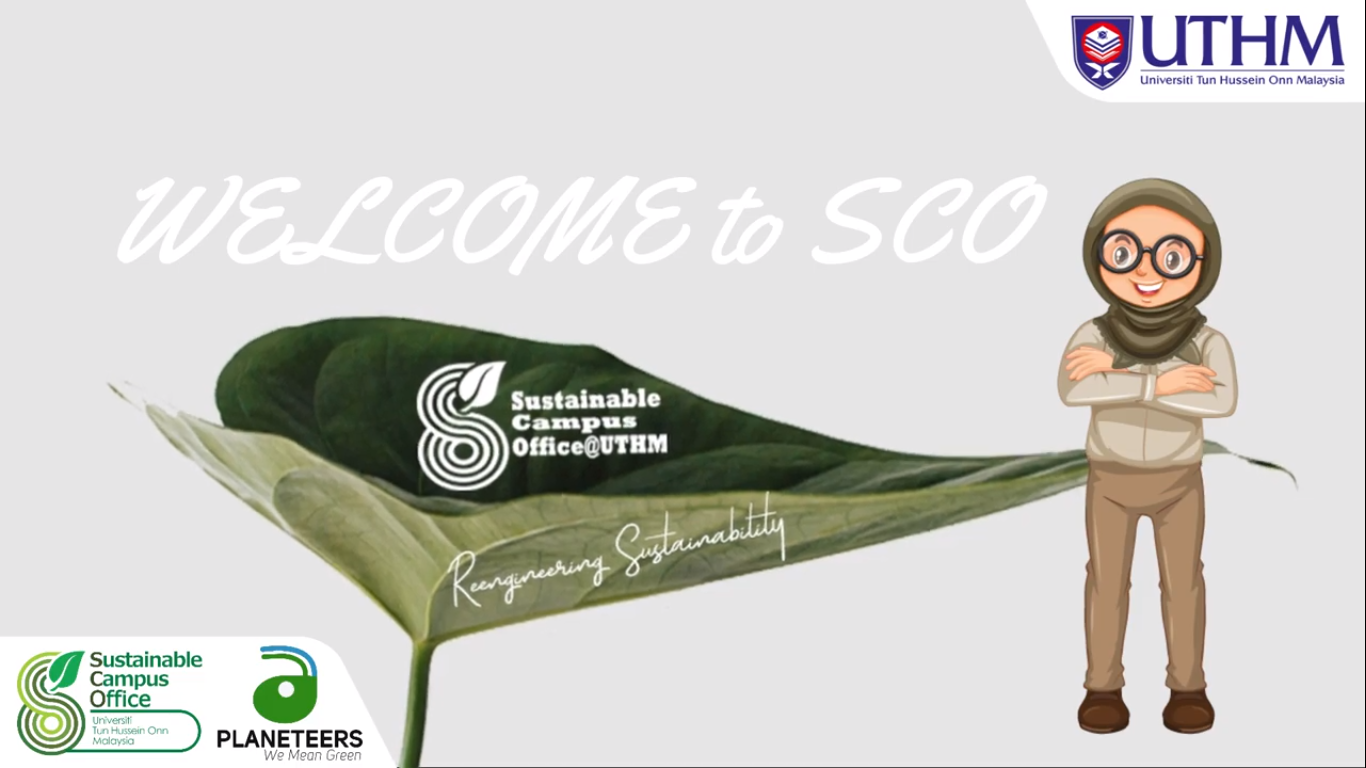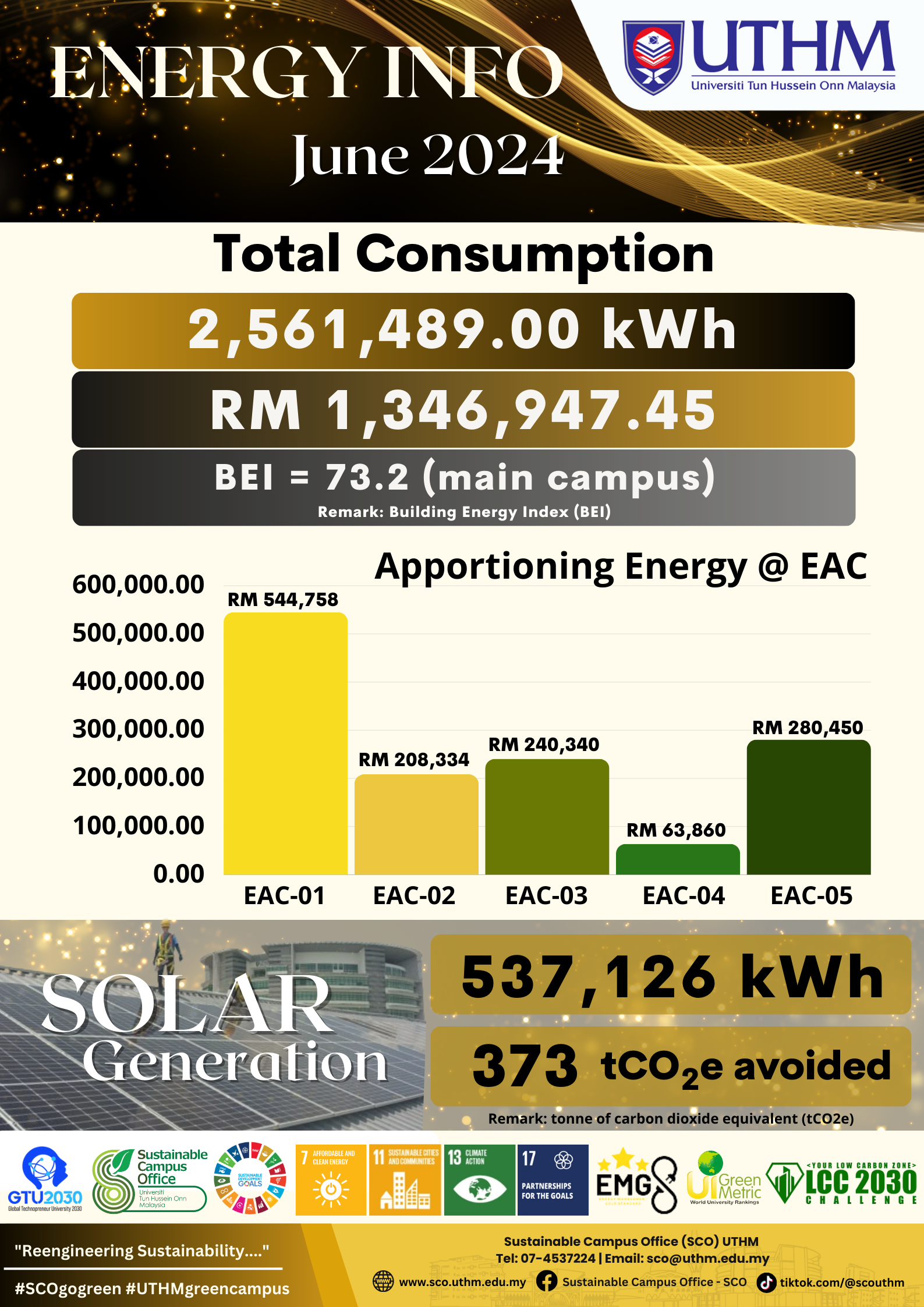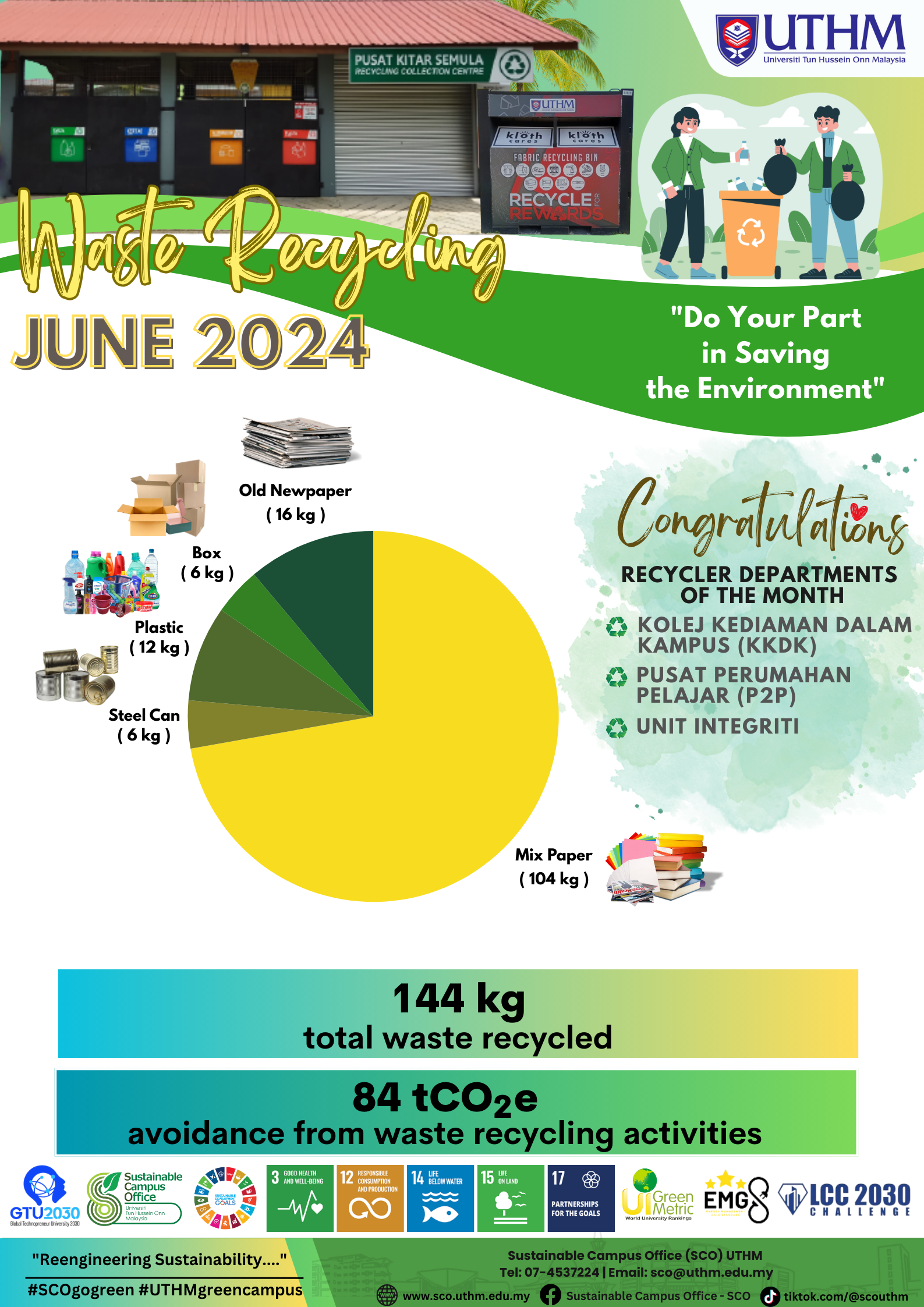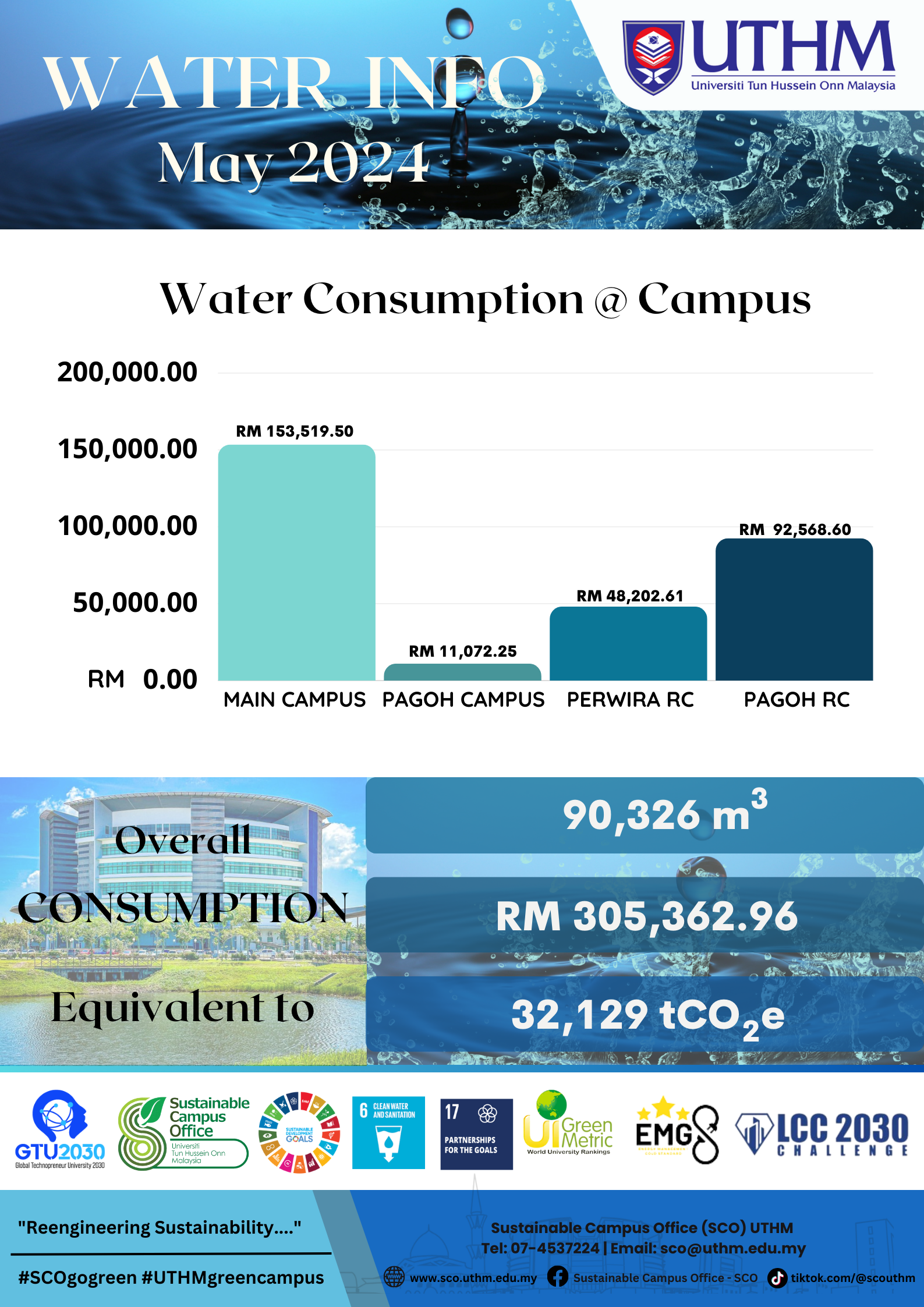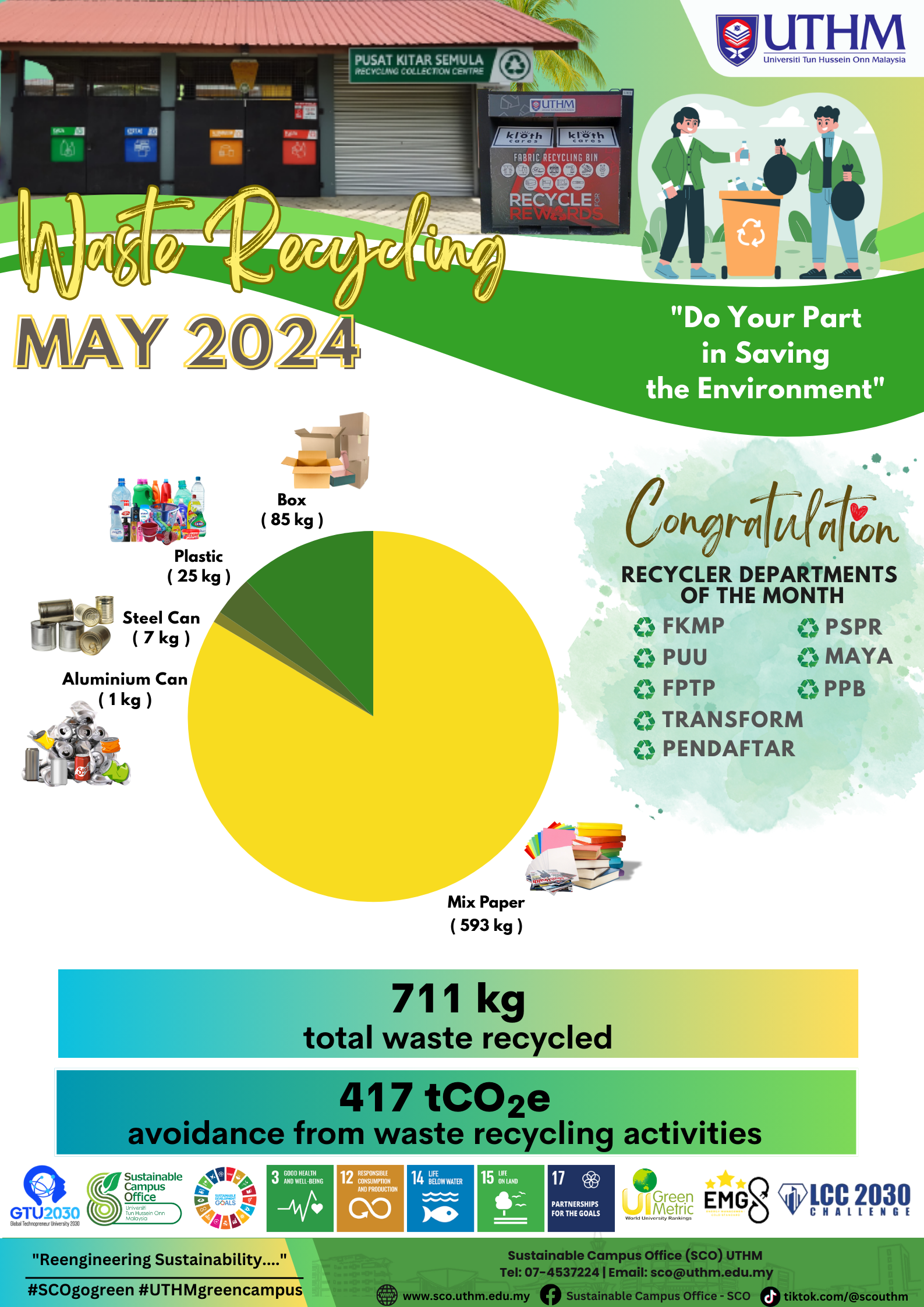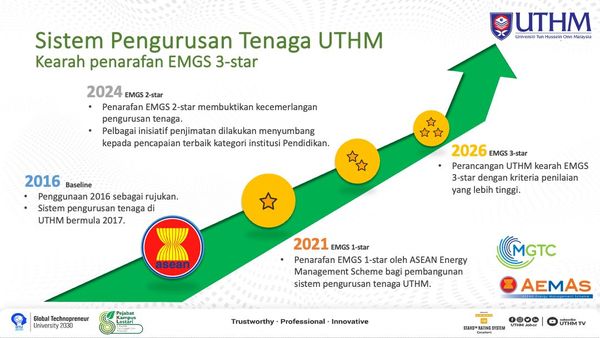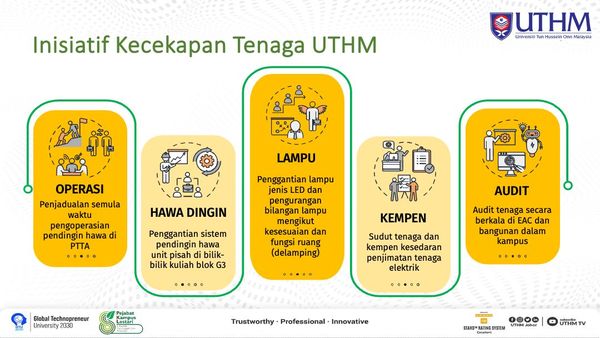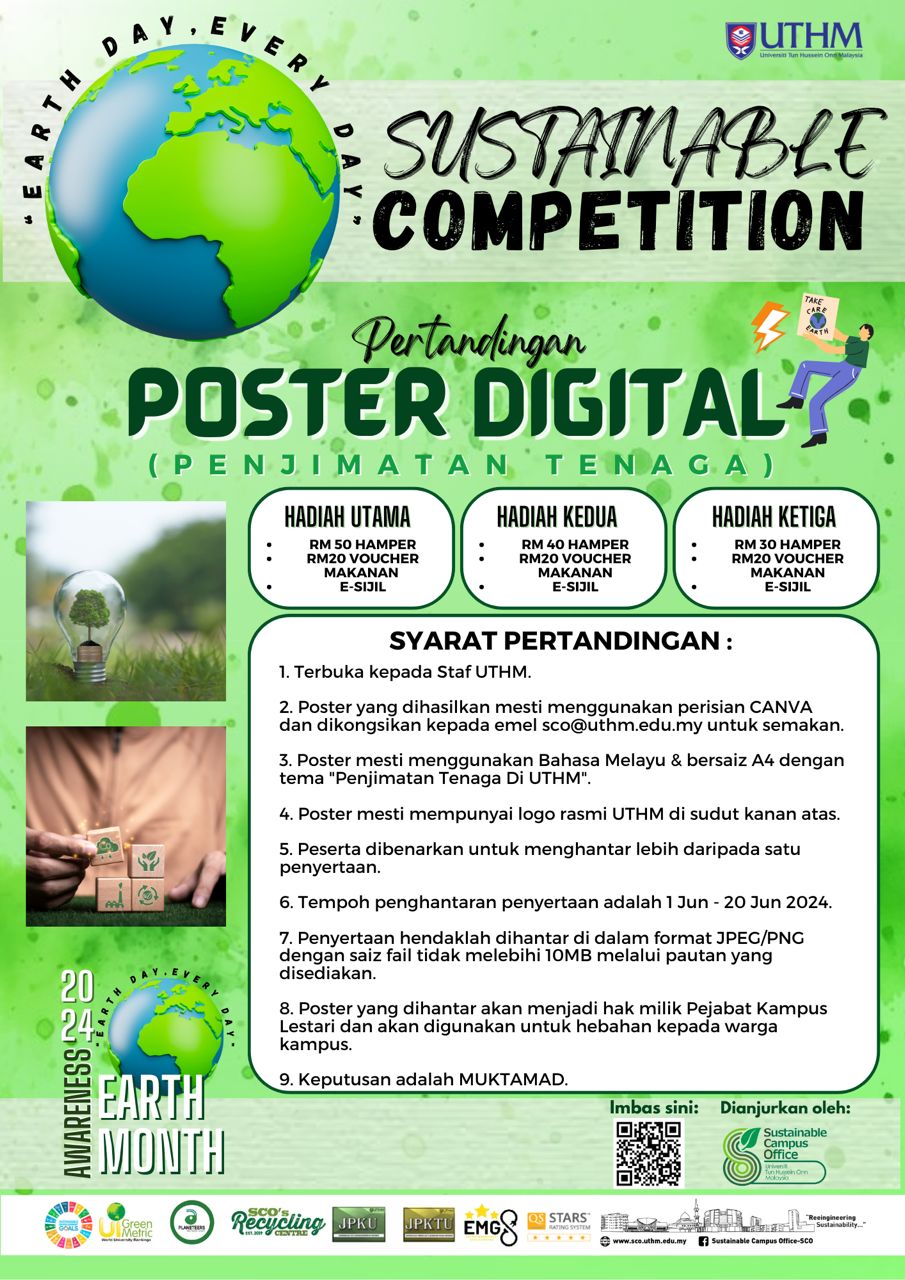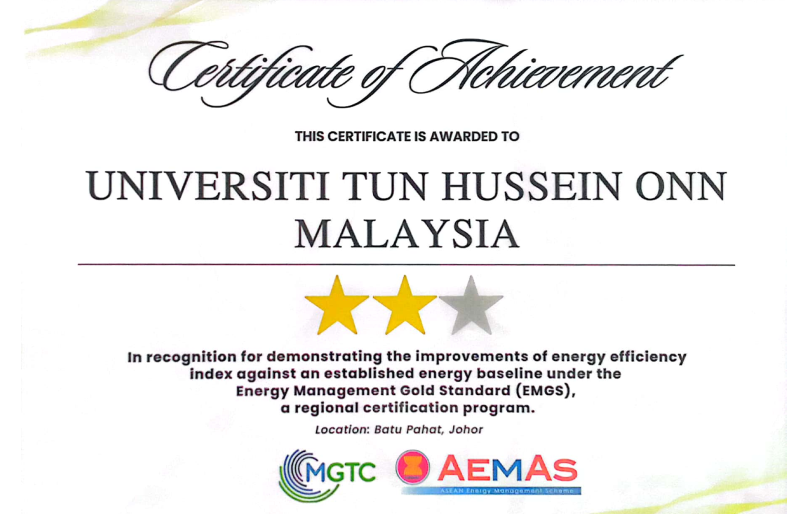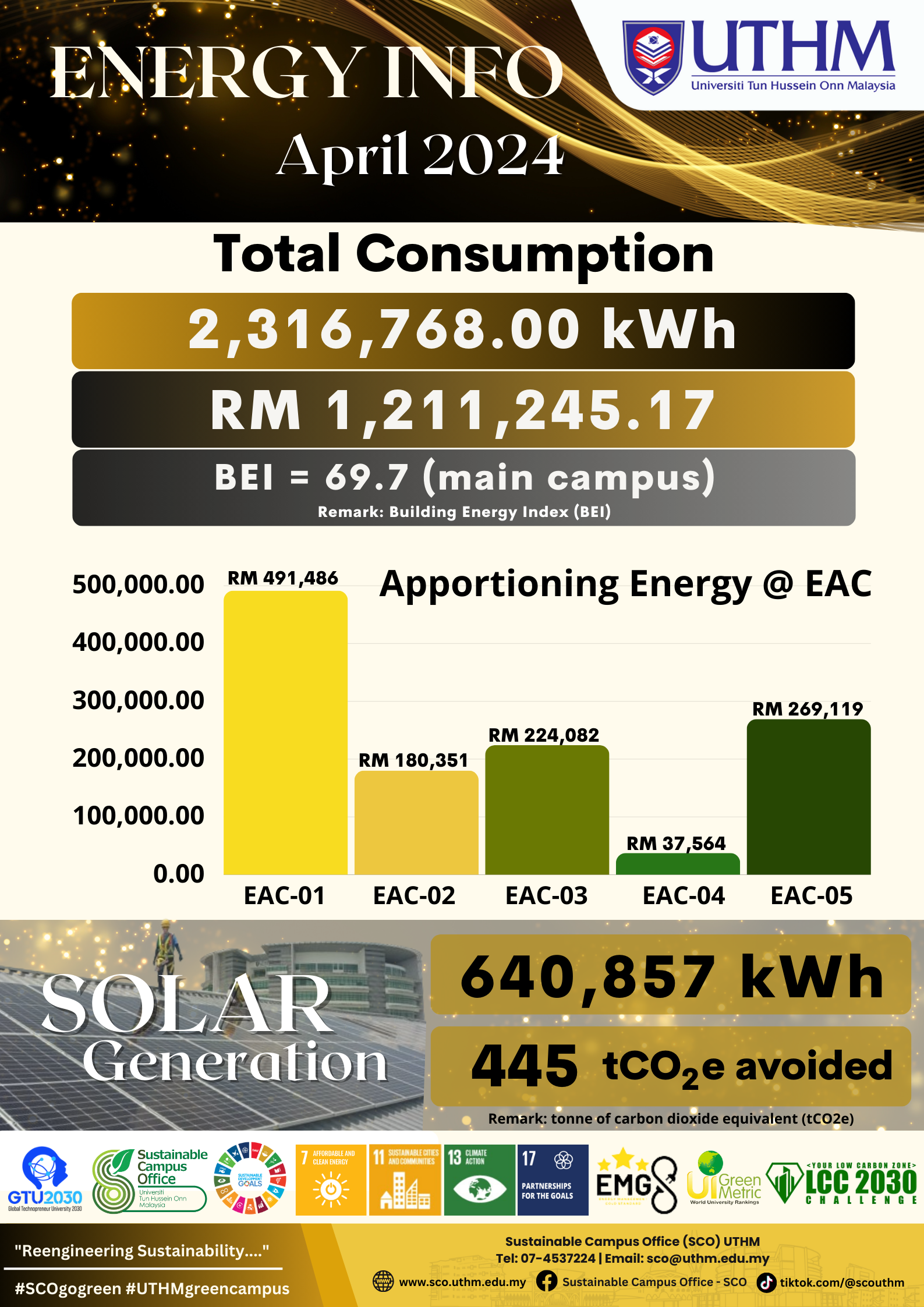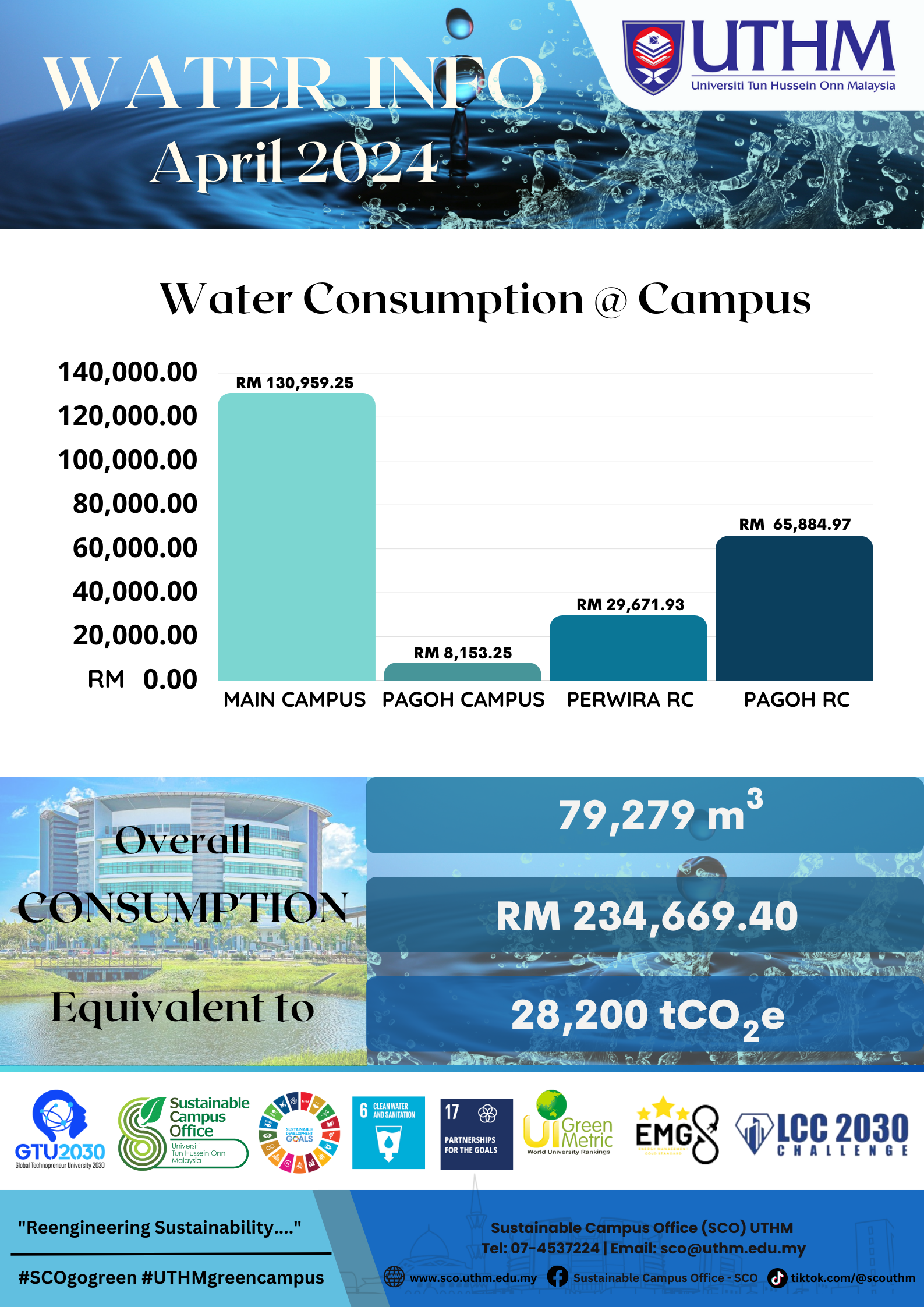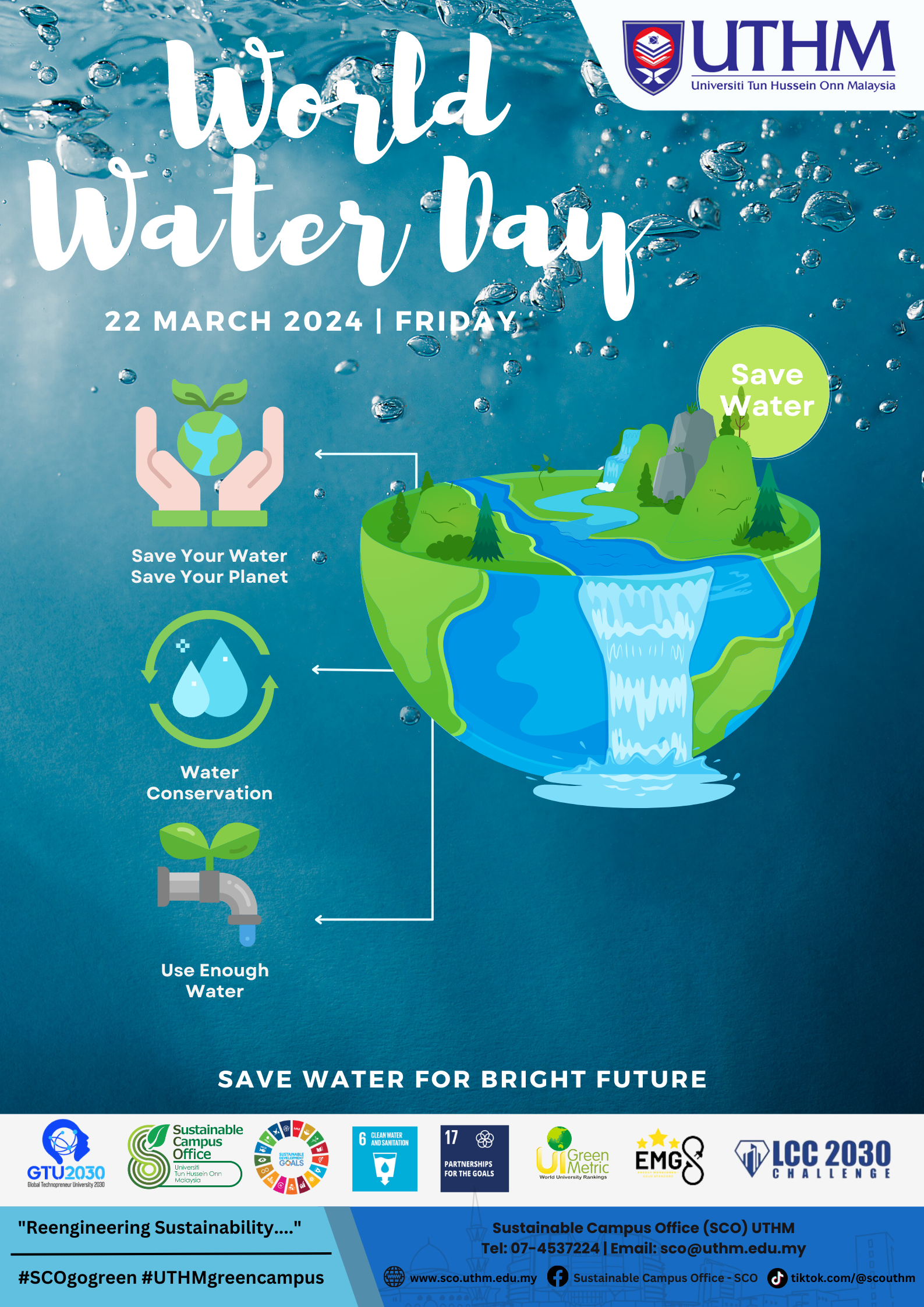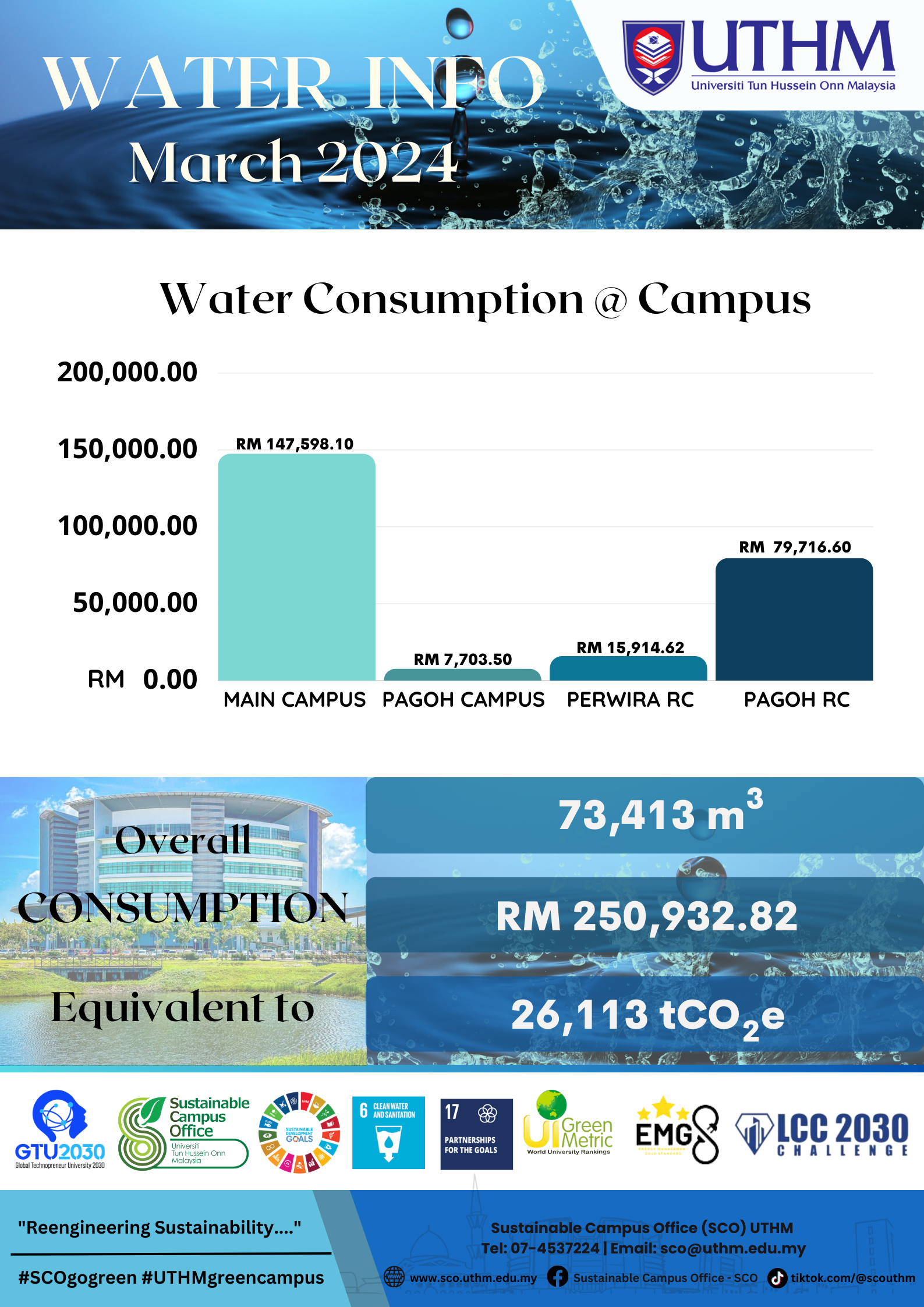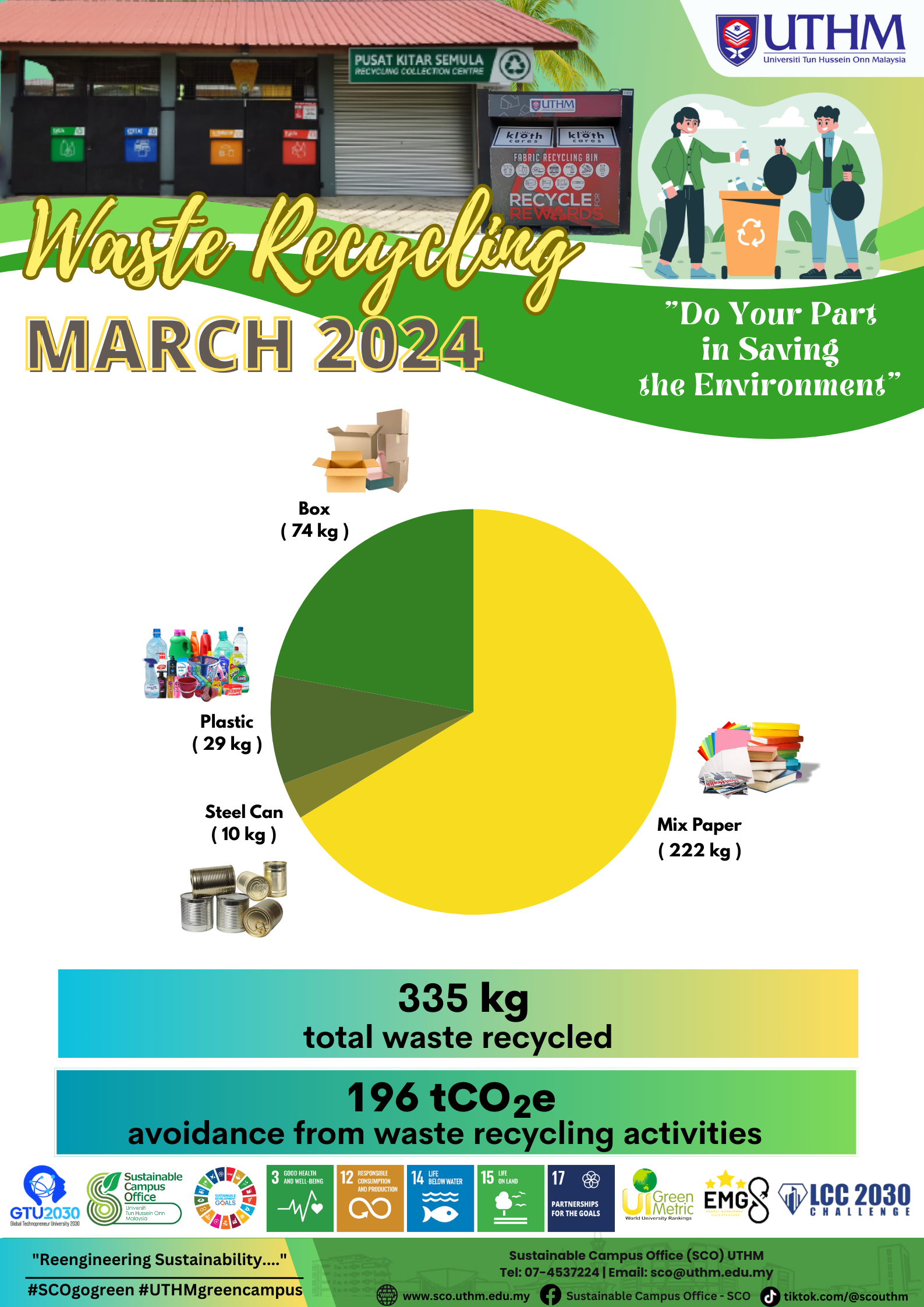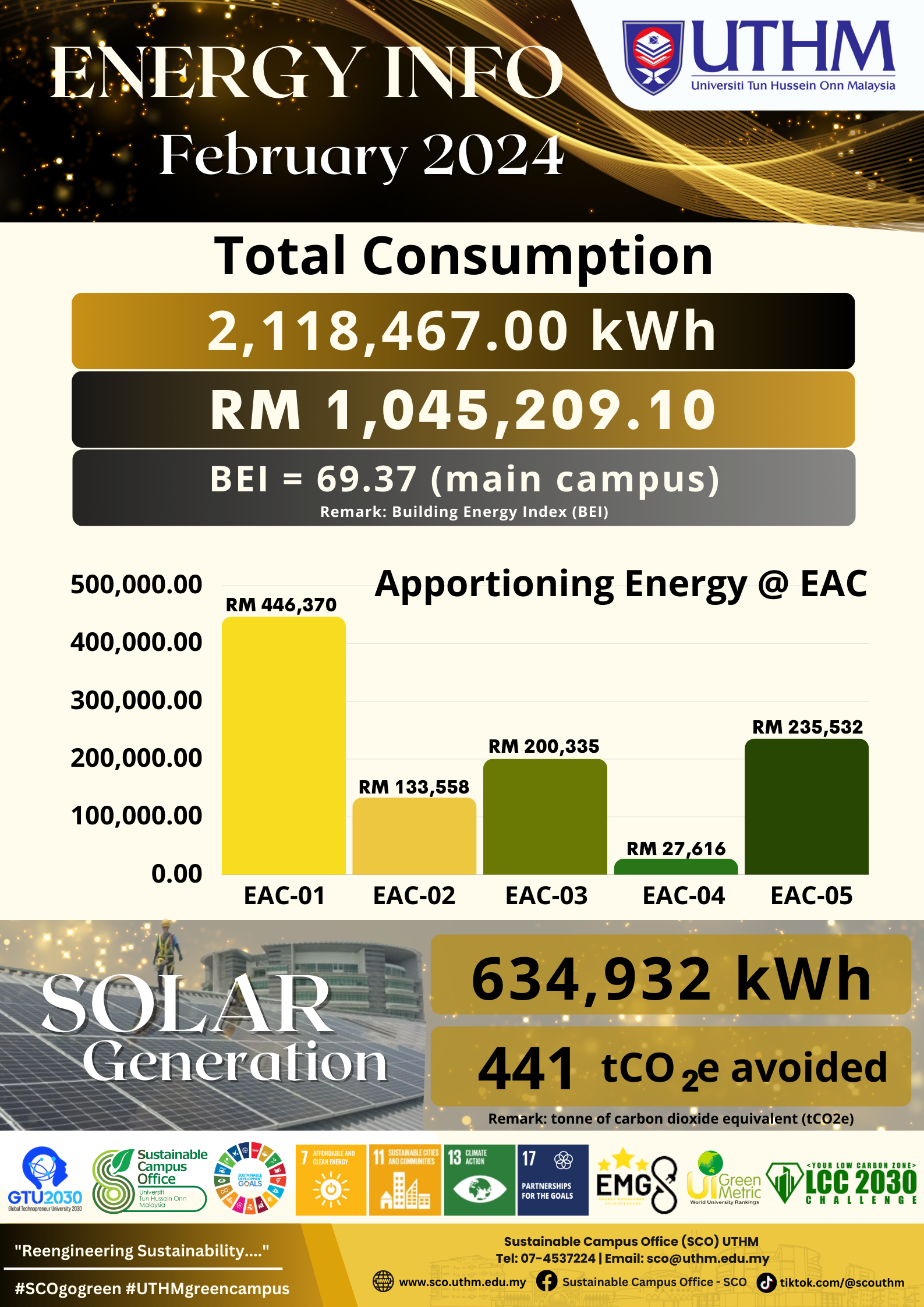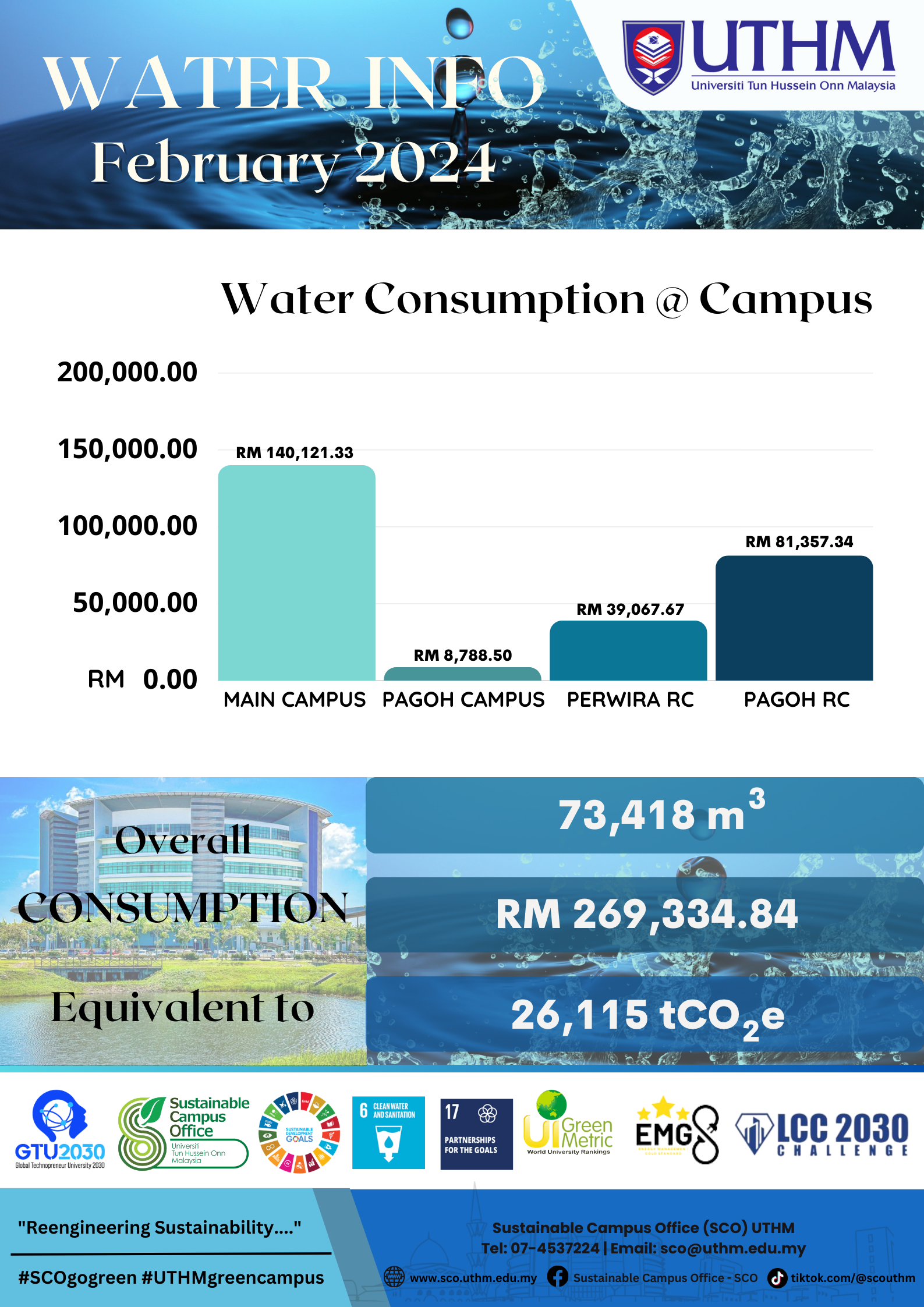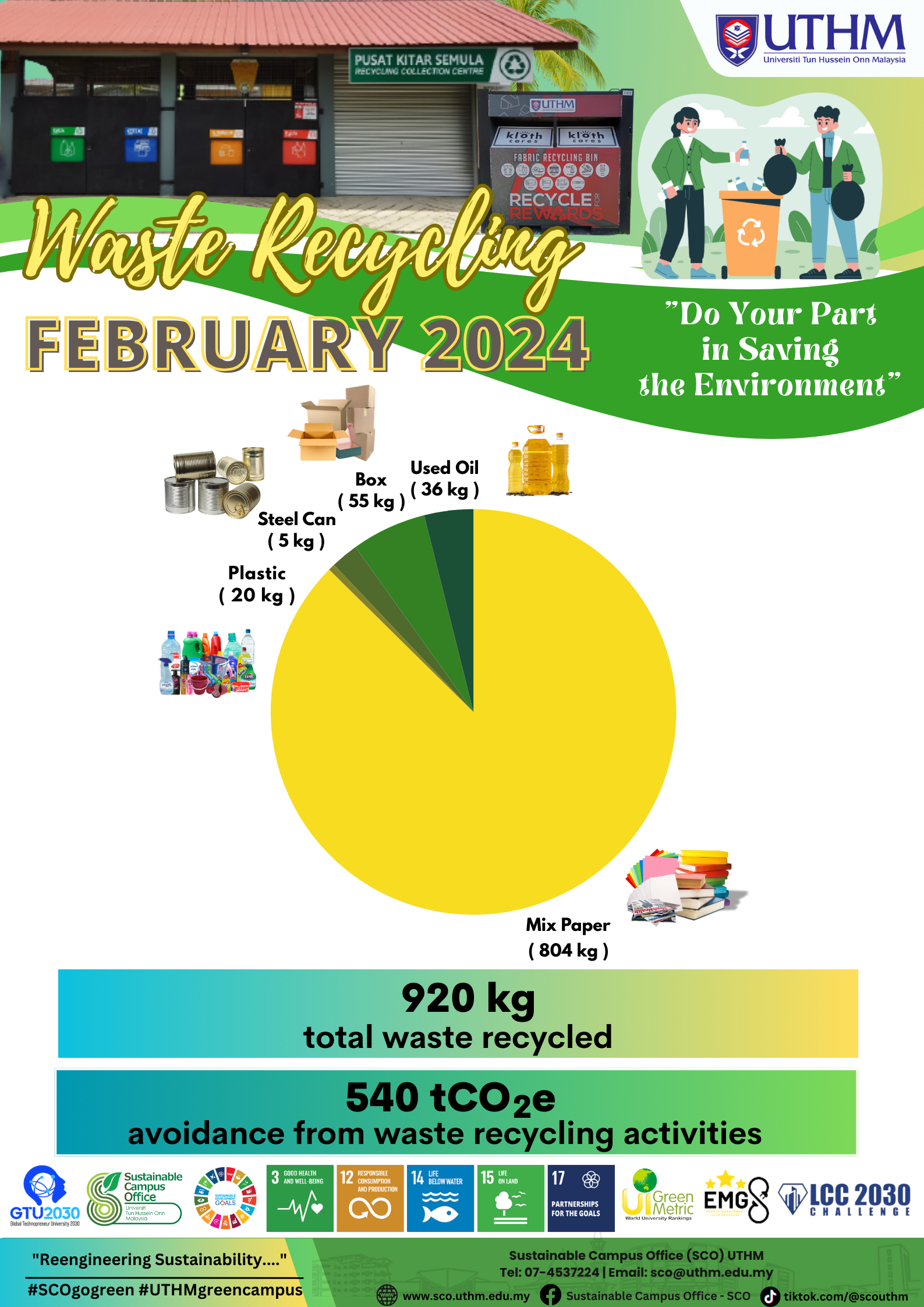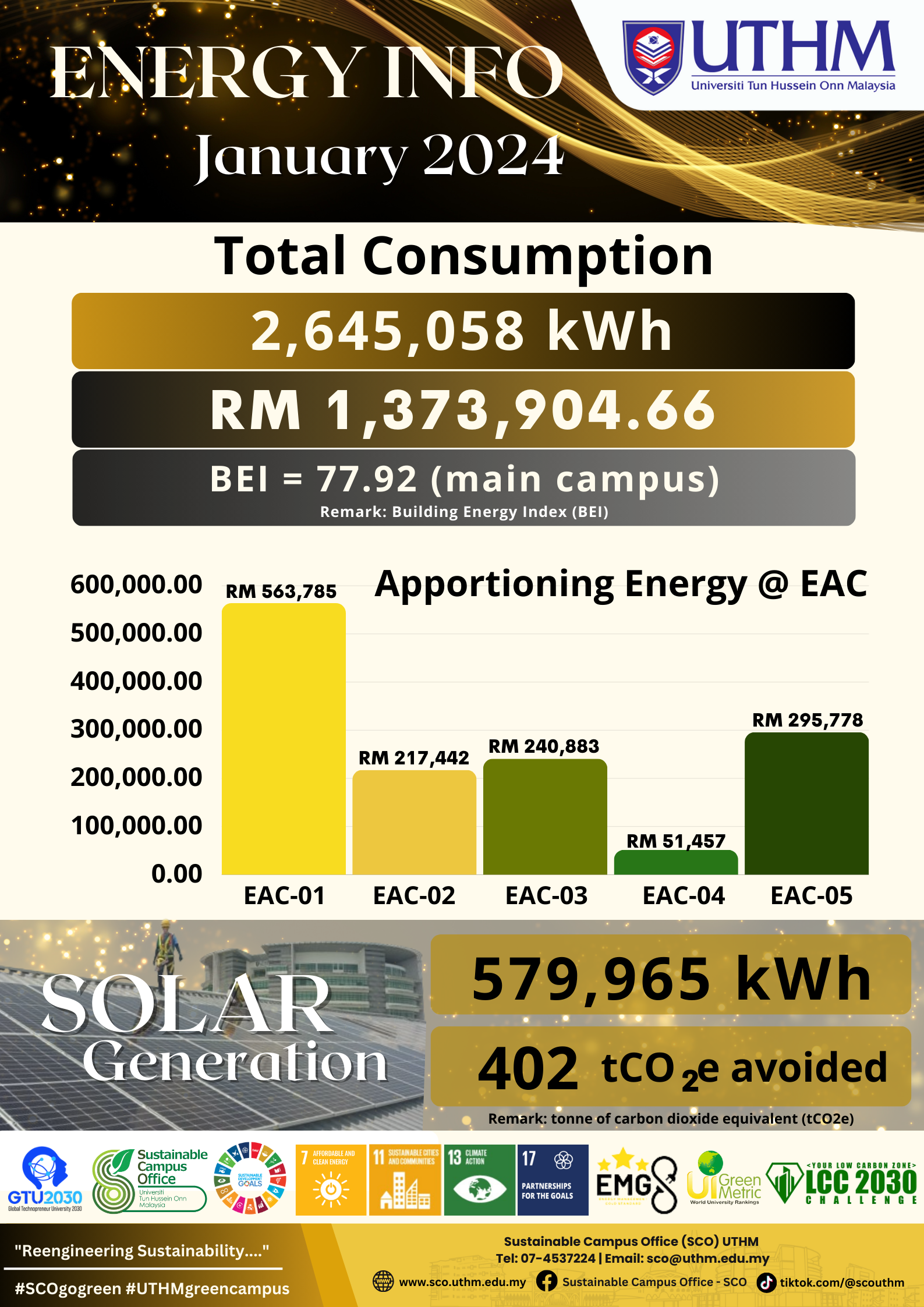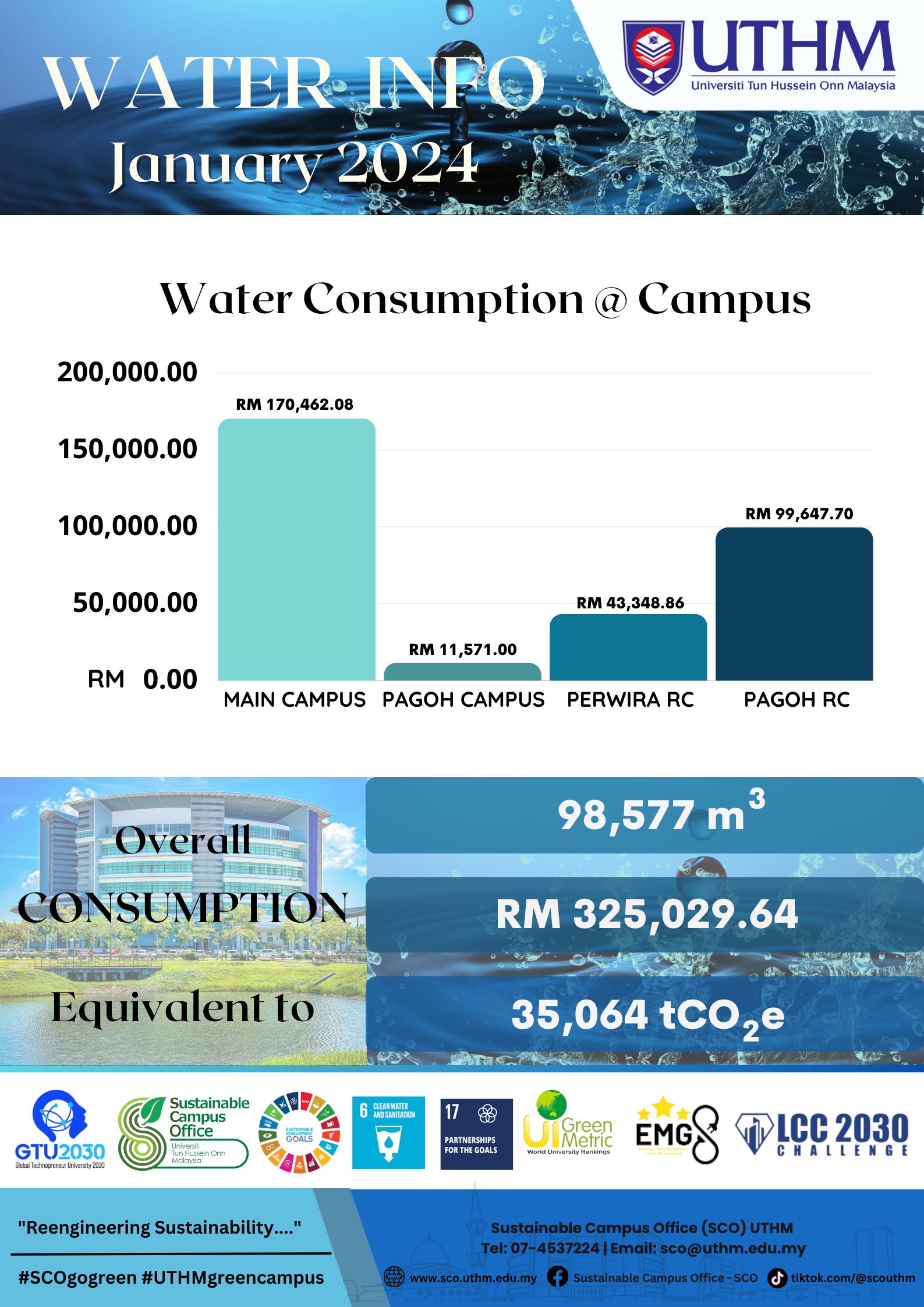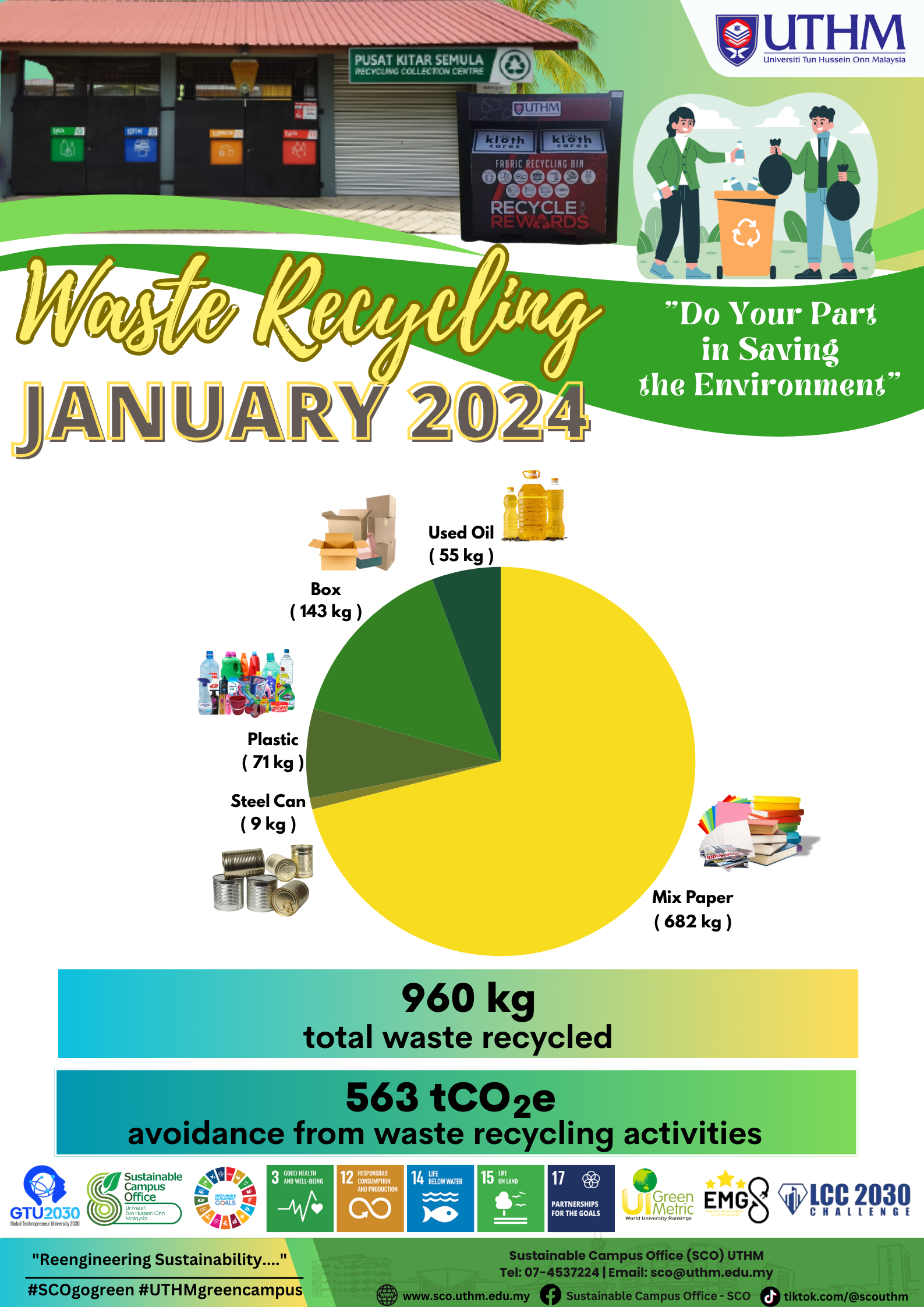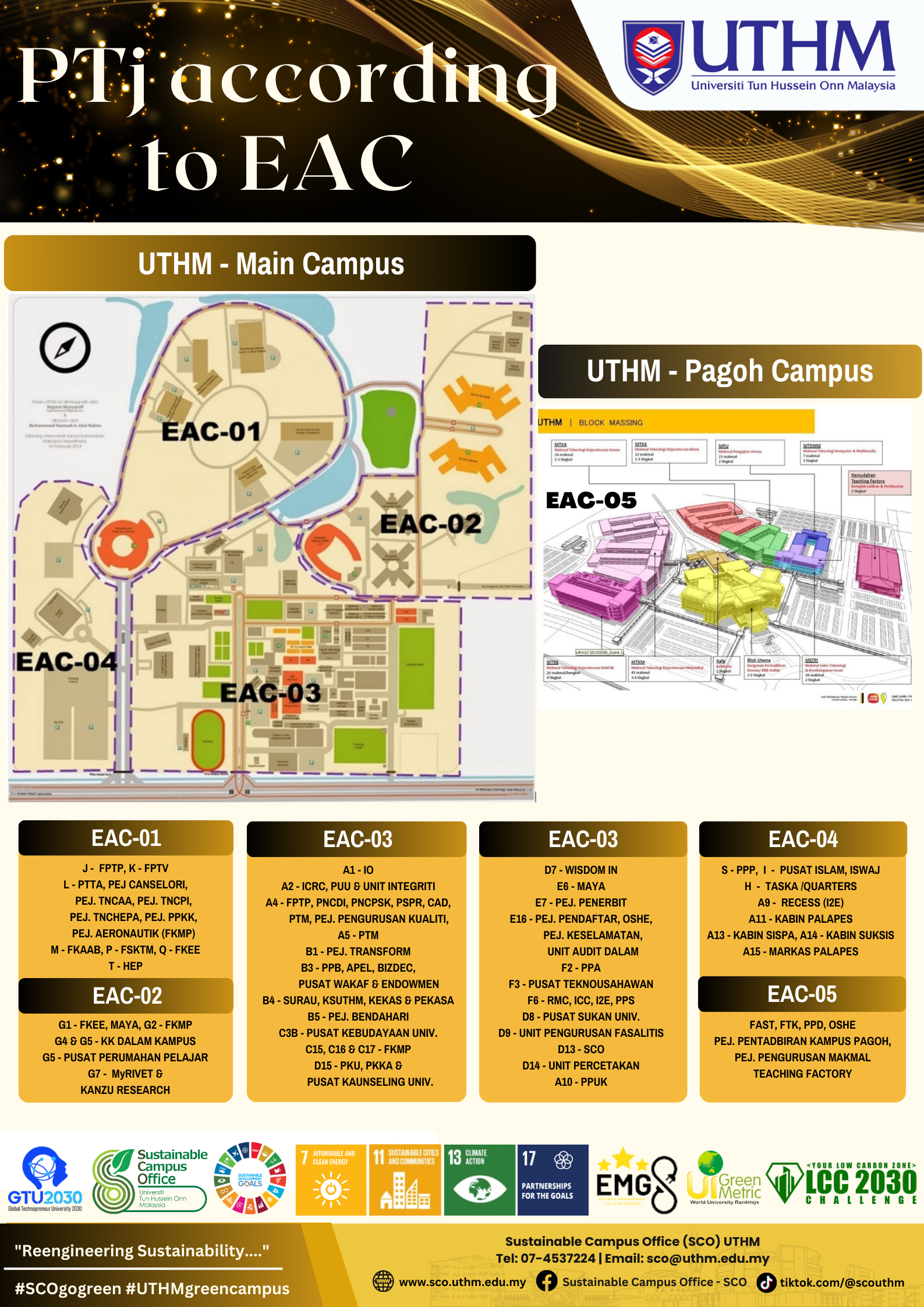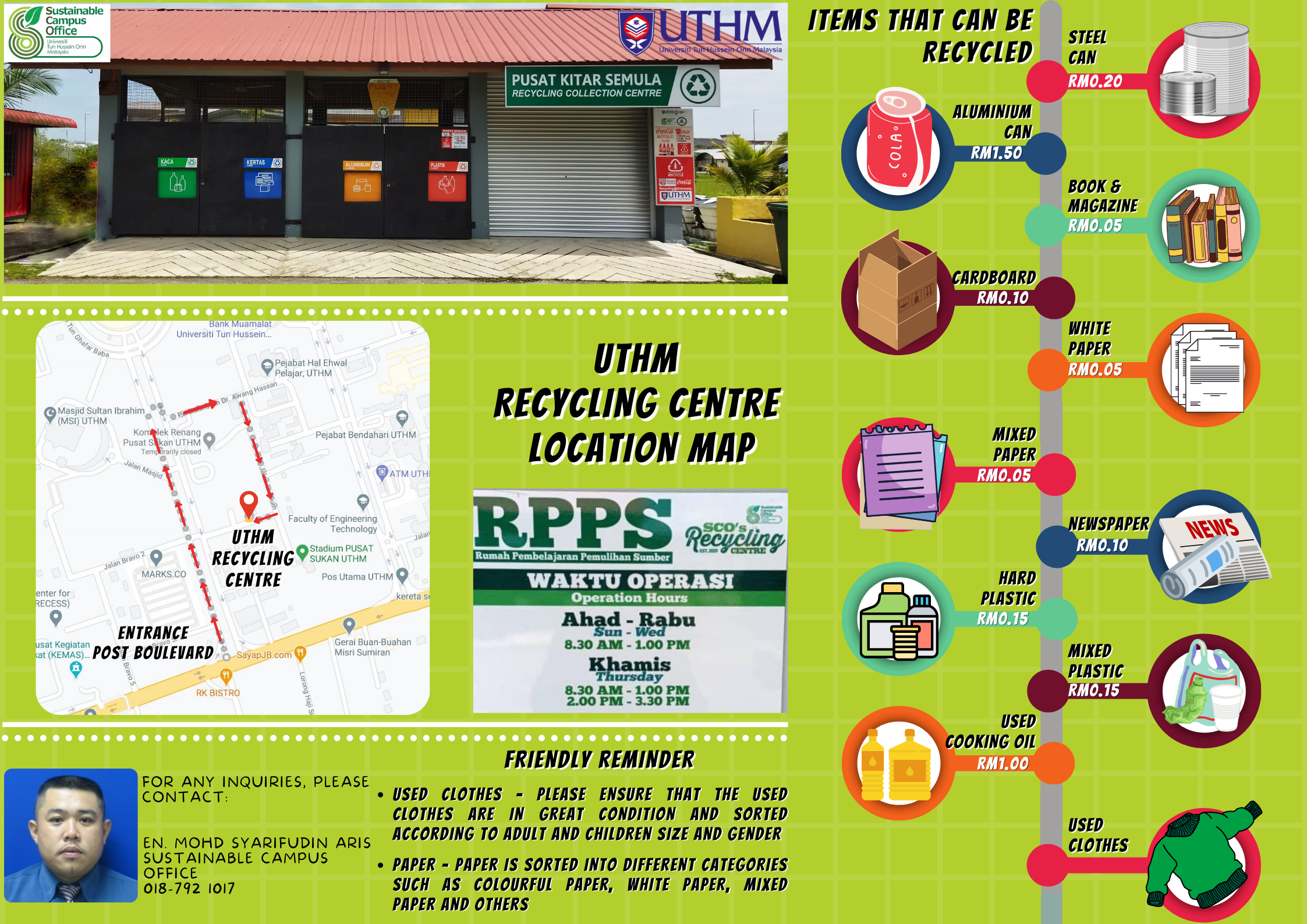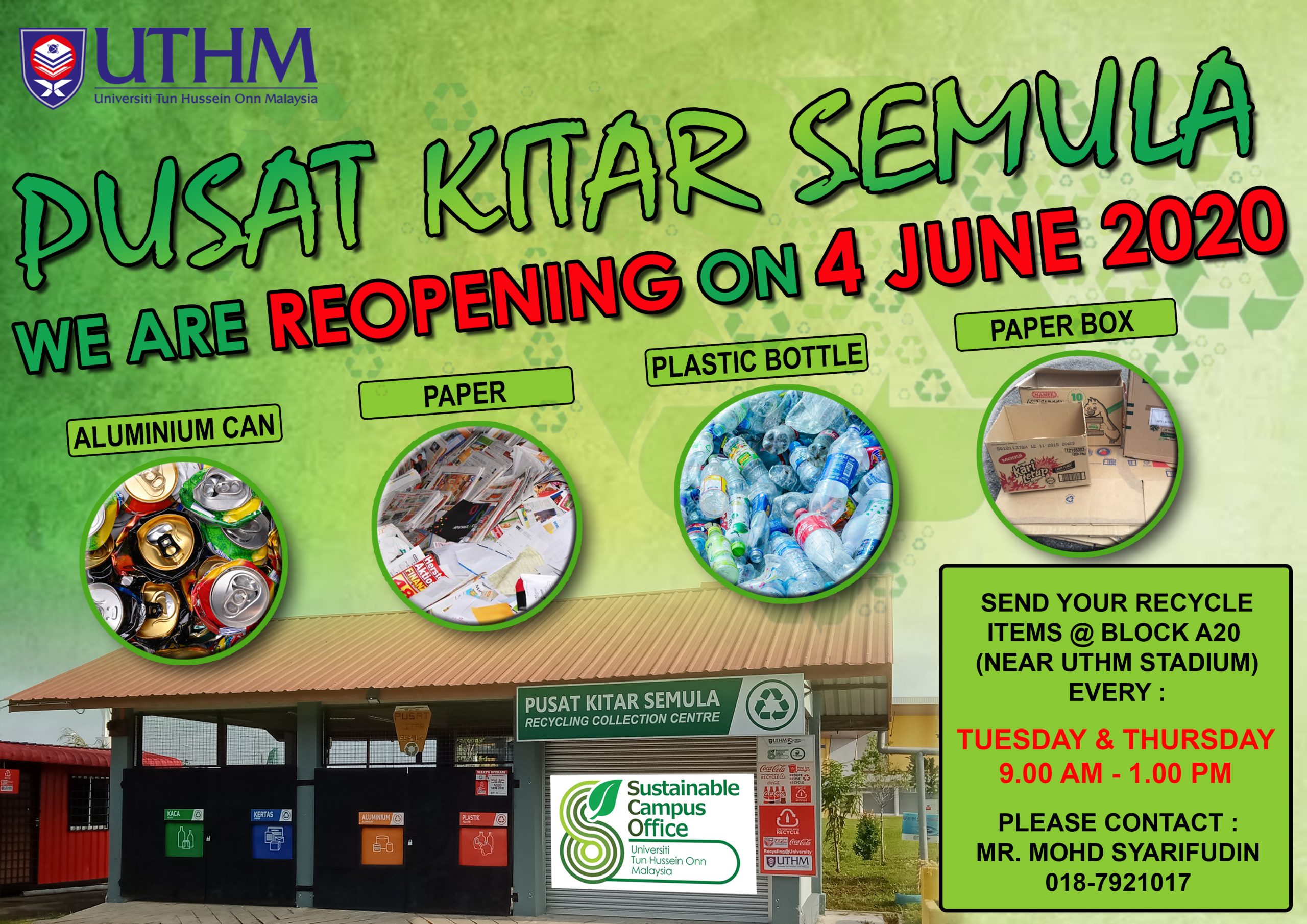Technical Talk Series 2/2019 – Non-Revenue Water Awareness in UTHM
[smartslider3 slider=72]
Date:
28th April 2019
Place/Venue:
Seminar Room, FKAAS UTHM
Participants:
UTHM students
Description:
The talk was delivered by Khairul Effendy Tusam, Chief Executive Officer of Rainhill Water Services on 28th April 2019 at FKAAS Seminar Room. This program is a collaboration program between Micro pollutant Research Centre with Rainhill Services Sdn. Bhd. Rainhill Water Services Sdn. Bhd is considered as an infant/a new company because it was born in the year 2005. The talk was started with an introduction on who Rainhill Water Services is, what they do an overview of a typical water supply system in Malaysia. According to Khairul Effendy Tusam, the water system might be different for each country and the focus of the talk was only on typical water supply system in Malaysia.
